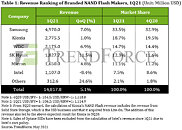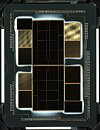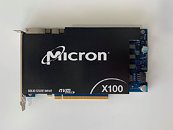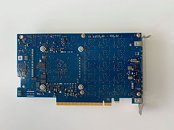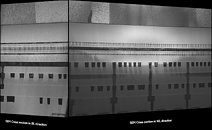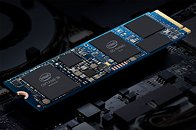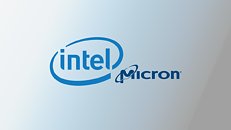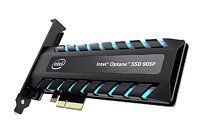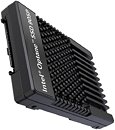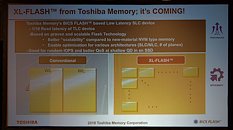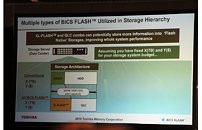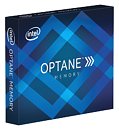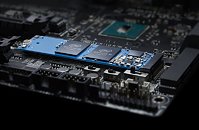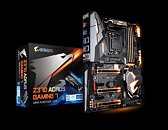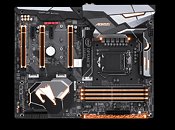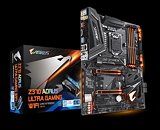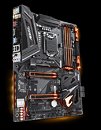Numemory Releases Optane Successor: "NM101" Storage-Class Memory
Numemory has introduced the NM101, a 64 Gb storage-class memory module that uses technology similar to Intel's now-discontinued Optane architecture. The device implements phase-change memory and crossbar technology in a 3D selector-only memory structure, matching Optane's 3200 MT/s transfer rate specification. The technical architecture diverges from Intel's implementation by using a single selector in its cross-point structure rather than the dual-selector approach of 3D XPoint memory. Operating at 1.2 V with an X8 bus width, the NM101 uses 3D stacking to achieve claimed performance metrics of 10x faster read/write speeds than NAND flash. Xincun Technology, which established the Numemory division in Wuhan in 2022, holds 273 patents related to the technology, including 60 international and 213 Chinese patents. The company's R&D team of 144 engineers has developed the architecture since 2019, three years before Intel ended its Optane program.
Production plans specify an initial manufacturing target of 10,000 units monthly by the end of 2025. Guao Technology has committed ¥10 billion to establish production facilities in Zhejiang province, with additional funding from the Anji county government. The NM101's operating temperature range spans 0-70°C, suitable for standard data center environments. While the device's specifications suggest the potential for data center deployment, specific IOPS and latency metrics remain unpublished. Initial production will serve domestic Chinese servers and storage manufacturers. The technology's viability in mass production remains to be demonstrated, particularly given the manufacturing challenges that contributed to Optane's market exit. The Chinese internal market is massive, so serving only domestic companies could be enough for Numemory at the beginning. If the company continues development, worldwide expansion could pick up where Optane stopped.
Production plans specify an initial manufacturing target of 10,000 units monthly by the end of 2025. Guao Technology has committed ¥10 billion to establish production facilities in Zhejiang province, with additional funding from the Anji county government. The NM101's operating temperature range spans 0-70°C, suitable for standard data center environments. While the device's specifications suggest the potential for data center deployment, specific IOPS and latency metrics remain unpublished. Initial production will serve domestic Chinese servers and storage manufacturers. The technology's viability in mass production remains to be demonstrated, particularly given the manufacturing challenges that contributed to Optane's market exit. The Chinese internal market is massive, so serving only domestic companies could be enough for Numemory at the beginning. If the company continues development, worldwide expansion could pick up where Optane stopped.








